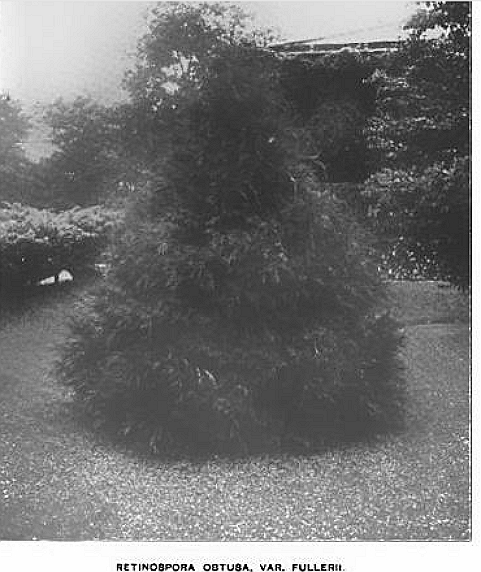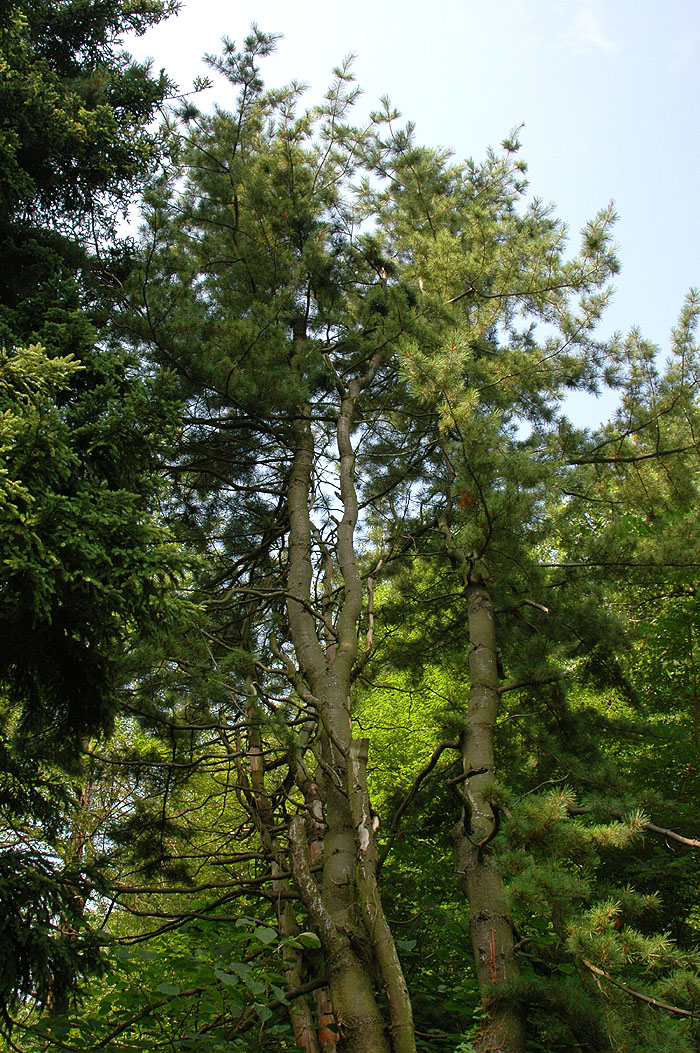TAXON
|
VCG
Codes
|
Notes
|
|
Abies
nordmanniana ‘Durham Dwarf’
|
L5, P0
|
Two plants
existed at JC Raulston Arboretum, both died before 2010.
|
|
Acer
saccharum ‘Globosum’
|
L5, P0
|
 
|
|
Acer saccharum
‘Senecaense’ (A., x senecaense)
|
L10, P0
|
|
|
Cercis
canadensis ‘Bartlett King’
|
L5, P0
|
|
|
Cercis
canadensis subsp. texensis ‘Texas Star’
|
L0, P0
|
 
|
|
Chamaecyparis
pisifera ‘Plumosa Lovettii’
|
L0, P0
|
|
|
Cornus florida
‘Magnifica’
|
L5, P0
|
 
|
|
Cornus racemosa
‘Slavin’s Dwarf’
|
L5, P5
|
 
|
|
Juniperus
chinensis ‘Excelsior’
|
L5, P0
|
 
|
|
Juniperus
chinensis ‘Fortunei’
|
L5, P0
|
 
|
|
Juniperus
chinensis ‘Jenkins’
|
L5, P0
|
Exists at Holden
Arb. #56-264
|
|
Juniperus
chinensis ‘Luptonii’
|
L5, P0
|
 
|
|
Juniperus
chinensis ‘Montgomery’
|
L5, P0
|
 
|
|
Juniperus
horizontalis ‘Andorra Green’
|
L0, P0
|
 
|
|
Juniperus
horizontalis ‘Andrewsii’
|
L0, P0
|
 
|
|
Juniperus
horizontalis ‘Big Sky’
|
L0, P0
|
 
|
|
Juniperus
horizontalis ‘Cascade Valley’
|
L0, P0
|
 
|
|
Juniperus
horizontalis ‘Gracilis’
|
L0 (US), P0
|
 
|
|
Juniperus
horizontalis ‘Ponderra Copper’
|
L0, P0
|
 
|
|
Juniperus
horizontalis ‘Silver Sheen’
|
L5, P0
|
 
|
|
Juniperus x
media ‘Arbuscula’
|
L5, P0
|
 
|
|
Juniperus x
media ‘Green River’
|
L0, P0
|
 
|
|
Juniperus x
media ‘Stay Low’
|
L5, P0
|
 
|
|
Juniperus x
media ‘Sarcoxie’
|
L5, P0
|
 
|
|
Juniperus
scopulorum ‘Gareei’
|
L5, P0
|
 1. 1.
 denOuden
& Boom (1965) describe this as whitish-blue, semi-dwarf, and
very compact. This reminds me more of Cupressus glabra ‘Gareei’ so
perhaps it is an error. denOuden
& Boom (1965) describe this as whitish-blue, semi-dwarf, and
very compact. This reminds me more of Cupressus glabra ‘Gareei’ so
perhaps it is an error.
 2. 2.
 Oldest living
plant in the US is at Cornell Plantations. It is very dark green and
narrowly fastigiate. It’s
obvious not denOUden & Boom’s plant. It traces to Chase
Brothers Nursery, Rochester NY in 1941. Oldest living
plant in the US is at Cornell Plantations. It is very dark green and
narrowly fastigiate. It’s
obvious not denOUden & Boom’s plant. It traces to Chase
Brothers Nursery, Rochester NY in 1941.
|
|
Juniperus
virginiana ‘Globosa’
|
L5, P0
|
 
|
|
Juniperus
virginiana ‘Reptans’
|
L10, P0
|
 
|
|
Melia azadarech
‘Umbraculiformis Aurea’
|
L0, P0
|
Mentioned by
Jacobson in NALT (1996) and not reported since.
|
|
Metasequoia
glyptostroboides ‘Bailey’
|
L0, P0
|
 
|
|
Morus alba
‘Nuclear Blast’
|
L5, P5
|
 
|
|
Picea abies
‘Barnes’
|
L5, P0
|
 
|
|
Picea abies
‘Highlandia’
|
L5, P5
|
 
|
|
Picea pungens
‘Coplens’ (‘Copeland’)
|
L5, P0
|
 
|
|
Picea pungens
‘Funky’
|
L5, P0
|
 
|
|
Picea pungens
‘Morden’ (‘Morden Blue’)
|
L0, P0
|
 
|
|
Pinus nigra
‘Pyramidalis’
|
L10, P5
|
 1. 1.
 Original
Rochester clone. Original
Rochester clone.
 2. 2.
 Christmas tree
industry grows a variable strain under this name from seed. Christmas tree
industry grows a variable strain under this name from seed.
 3. 3.
 3. This is not
the same as subsp. pallasiana var. pyramidata. 3. This is not
the same as subsp. pallasiana var. pyramidata.
|
|
Pinus strobus
‘Hinshaw Mutant’
|
L0, P0
|
 
|
|
Pinus taeda
‘Dixie’
|
L0, P0
|
 
|
|
Platanus
mexicana ‘Alamo’
|
L0, P0
|
 
|
|
Platanus
occidentalis ‘Howardii’
|
L5, P0
|
 
|
|
Prunus ‘Coleus’
|
L0, P0
|
 
|
|
Prunus ‘Garnet’
|
L0, P0
|
 
|
|
Quercus
palustris ‘Mills Variegated’
|
L0, P0
|
 
|
|
Quercus
phyllreoides ‘Emerald Sentinel’
|
L5, P0
|
 
|
|
Quercus robur
‘Fastigiata Special’ Girard Nur.
|
L5, P0
|
1. May be Q. x
rosacea ‘Columna’ but more likely a less lobed seedling from
‘Fastigiata’ with ‘Holophylla’ (‘Salicifolia’) type leaves.
|
|
Quercus velutina
‘Rubrifolia’
|
L5, P0 (US)
|
 
|
|
Robinia
pseudoacacia ‘Ohio Prostrate’
|
L5, P0
|
 
|
|
Taxodium
distichum ‘Al’s Golden’
|
L0, P0
|
 
|
|
Taxus x
hunnewelliana ‘Richard Horsey’
|
L10, P5
|
 
|
|
Thuja
occidentalis ‘Affinity’
|
L5, P0
|
Listed with
USDA-GRIN. No living plants reported.
|
|
Thuja
occidentalis ‘Hudsonica’
|
L5, P0
|
 
|
|
Ulmus parvifolia
‘Barton’ (‘Bart’?)
|
L0, P0
|
 
|
|
Viburnum
japonicum ‘Variegatum’
|
L5, P0
|
 
|












